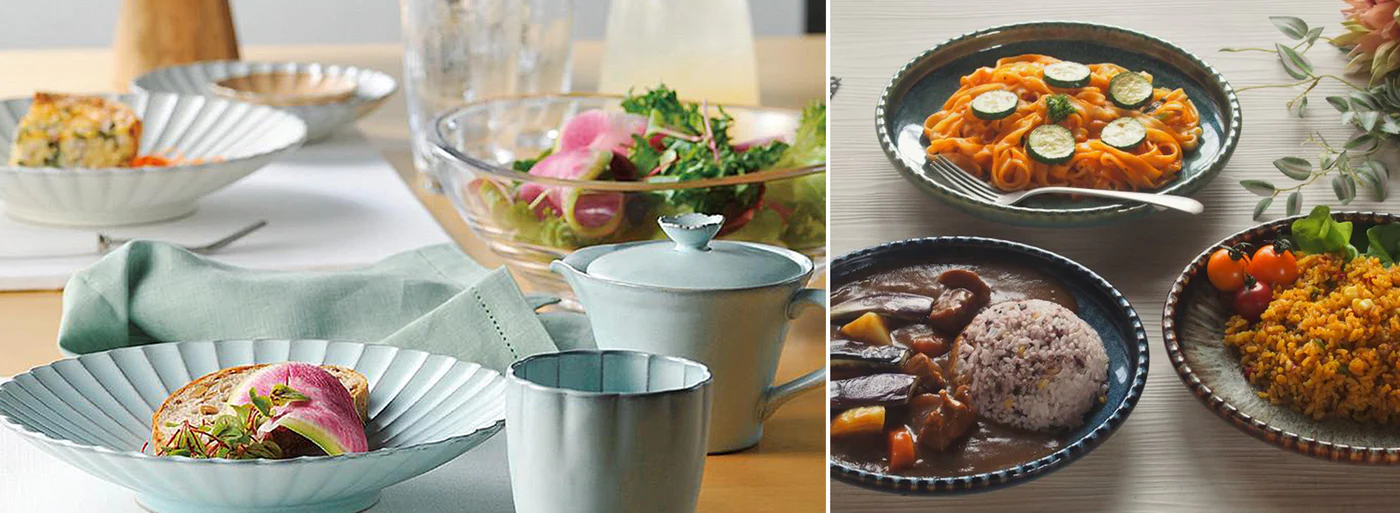
Seto Yaki Japanese Dinnerware
The ceramics produced in Seto City are known as Setomono (Seto ware), a term that has become a generic term for ceramics not only in Japan but also throughout the world.

When you browse for Japanese tableware on our website, you find that we devote a substantial portion of our product descriptions to outlining the origins of each item. In this article, we explore different regions of Japan to understand the unique characteristics of the tableware they produce. This exploration enhances your appreciation for the rich cultural tapestry represented in these artful creations.
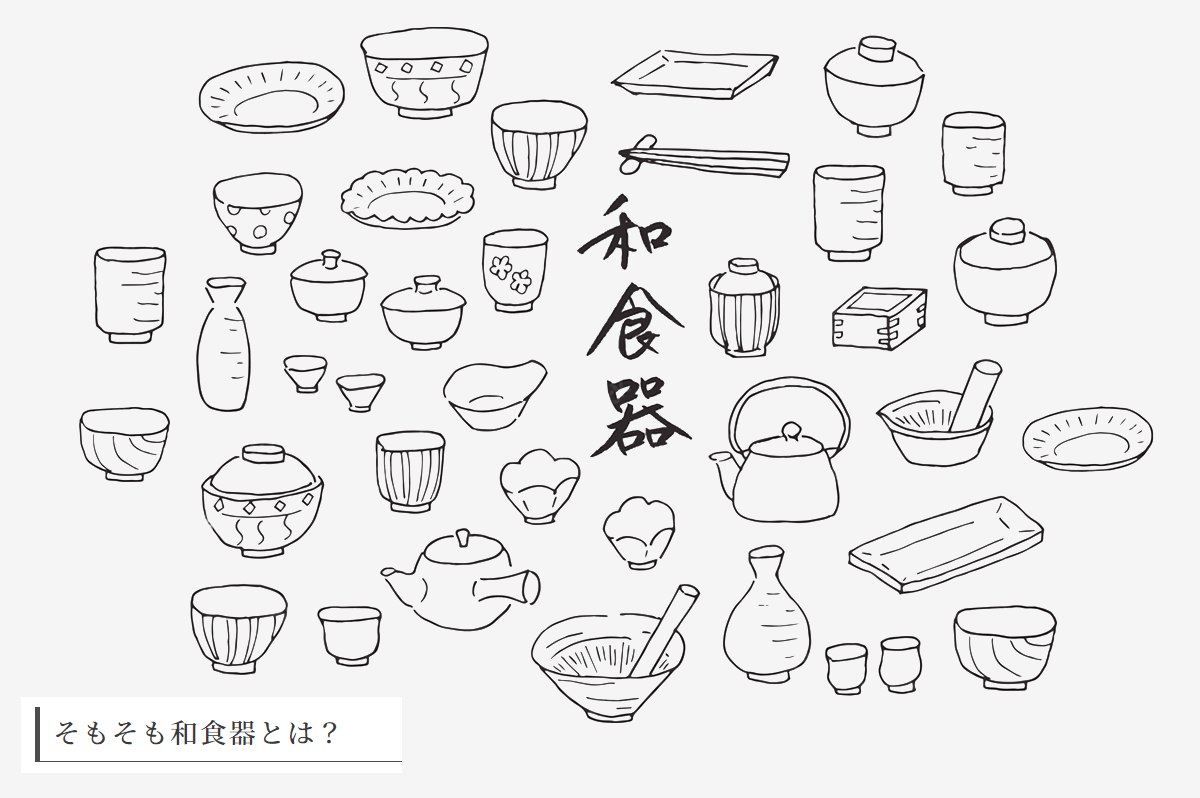
Mino ware is one of the most favoured types of tableware in Japan, originating from the Mino region. Known for the perfect blend of beauty and functionality, Mino ware is made from a special type of clay, high in silica and iron, and low in alkaline content, resulting in a sturdy, durable product.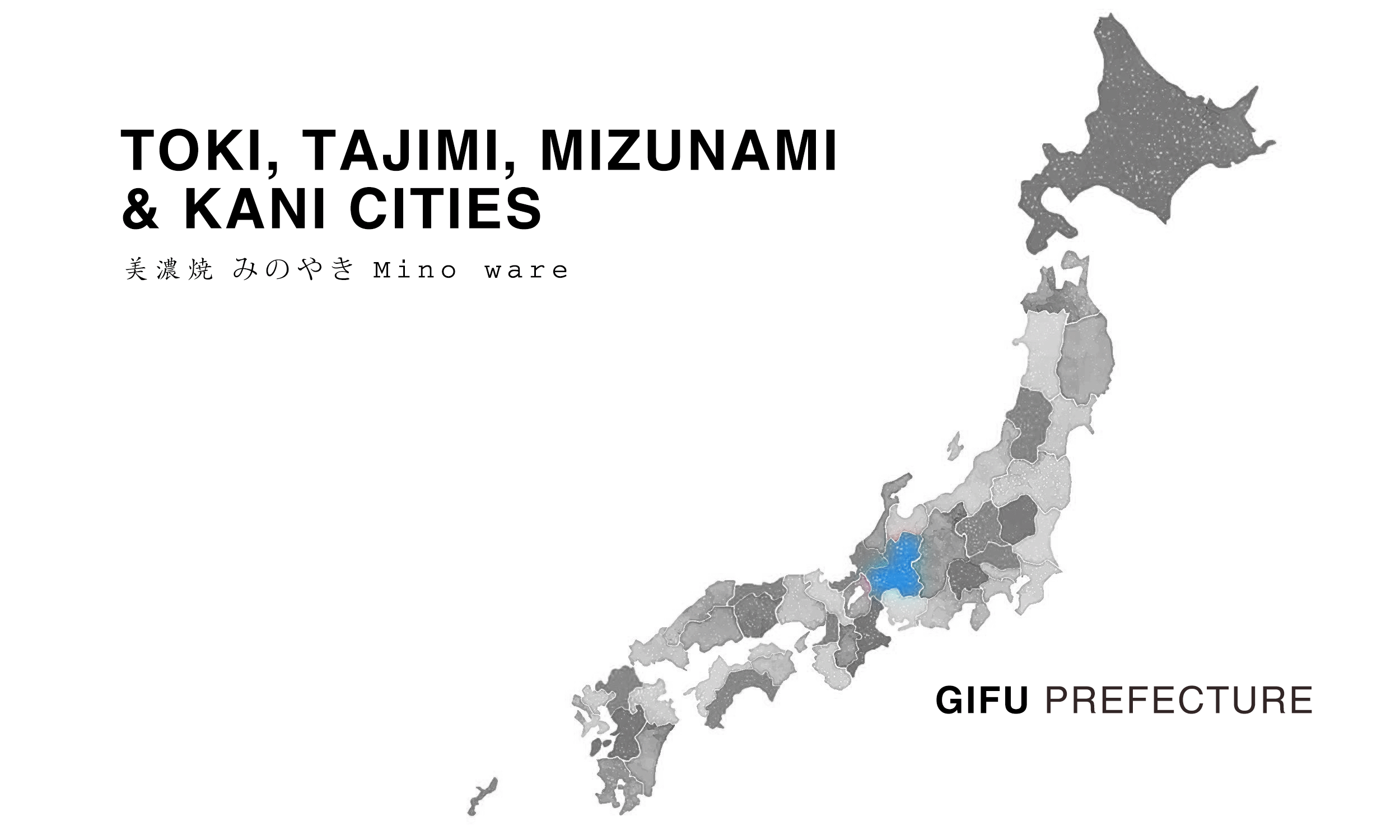
The glazes, often utilising natural resources, are non-toxic and safe for everyday use. Each piece of Mino ware is a reflection of the harmony between practicality and the aesthetic appeal intrinsic to Japanese culture.
Seto ware, one of the Six Ancient Kilns of Japan, hails from the city of Seto in Aichi Prefecture. Renowned for its sometsuke (blue-and-white porcelain) and the use of ash glaze, it presents an earthy, natural appearance.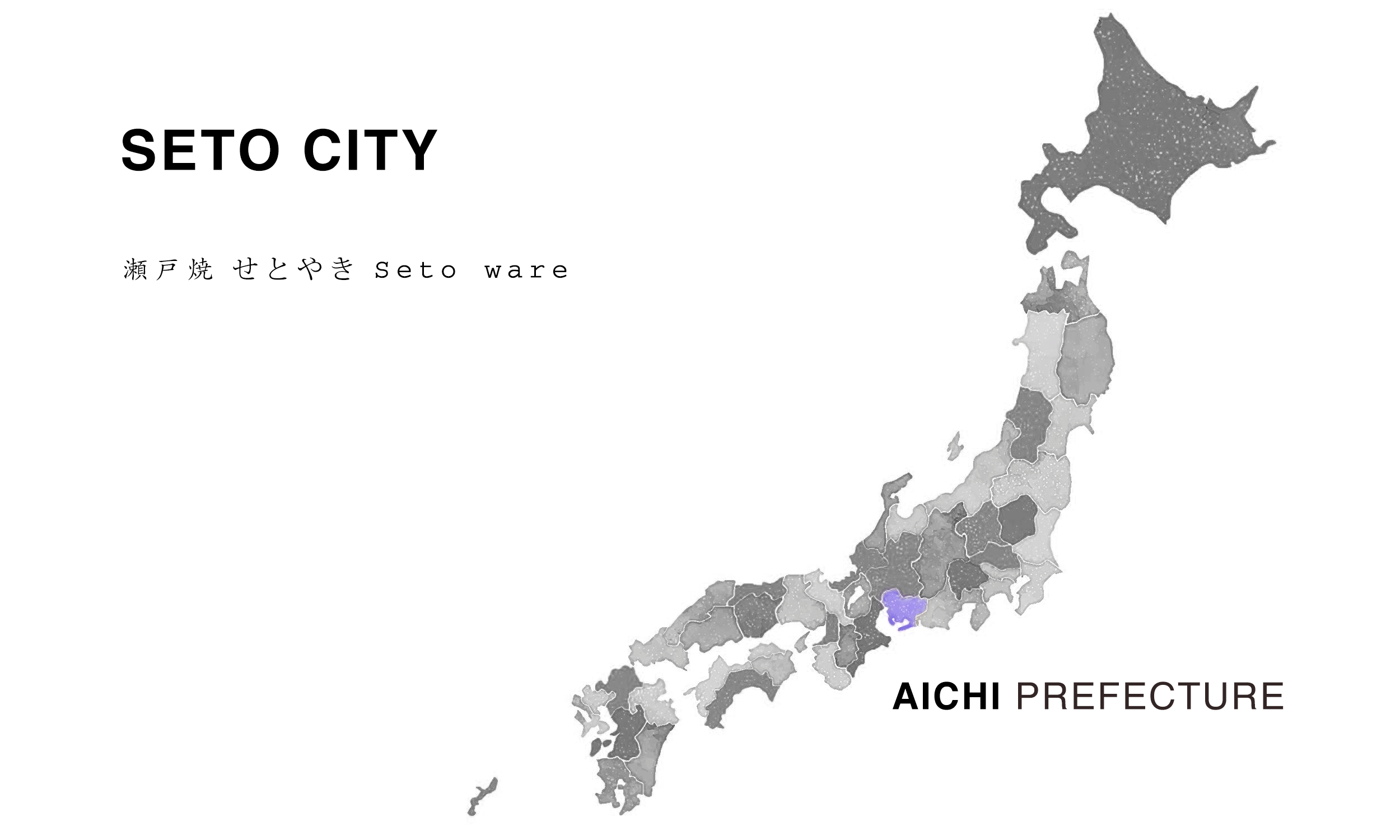
The high-temperature firing of the unique Seto clay results in a rich, deep brown colour often compared to wood, underscoring the ware's quality and durability. Alongside its aesthetic appeal, Seto ware stands out for its safety, with the high-temperature firing ensuring the clay's complete vitrification, thereby creating a non-porous and non-toxic surface.
The Art, Safety, and Value of Traditional Japanese Tableware
Traditional Japanese tableware – plates, bowls, and essential utensils – represents a beautiful blend of form and function, going beyond their basic utility. They stand as symbols of Japanese art, culture, craftsmanship, and history. Foremost among these characteristics is the use of safe, non-toxic materials in their production.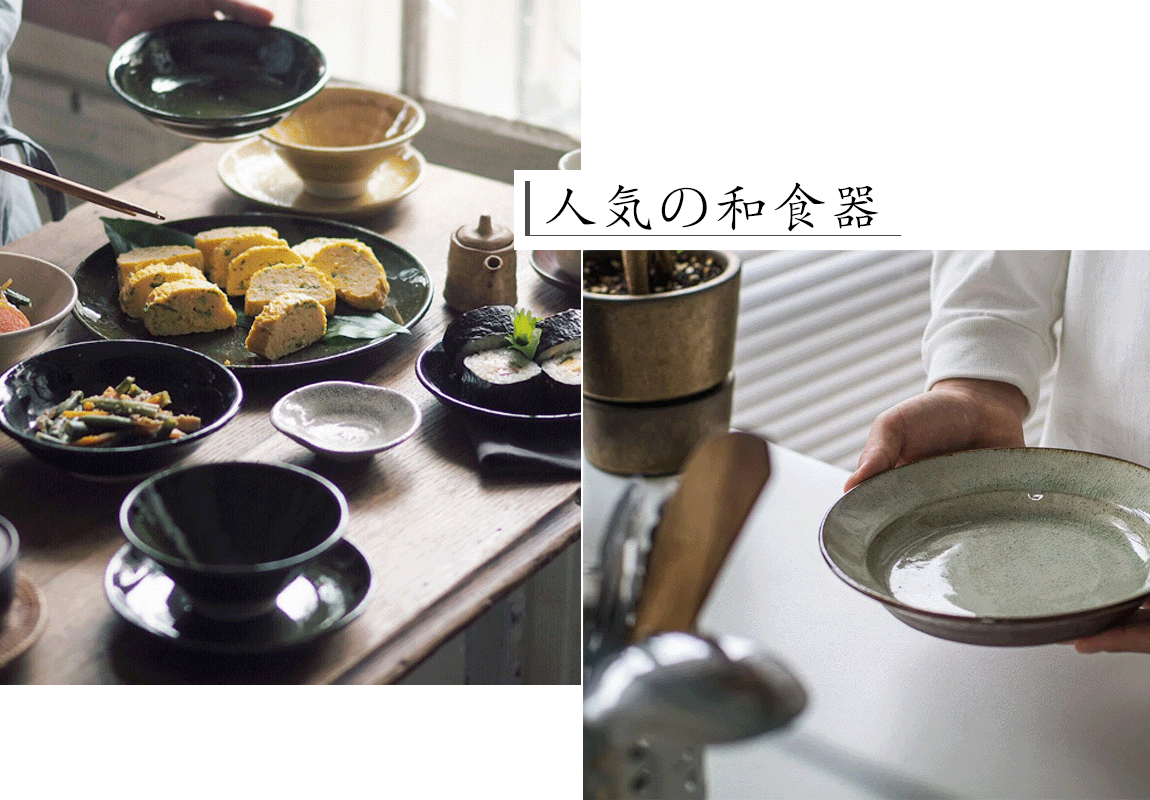
In contrast to our fast-paced world trending towards mass production, Japanese tableware epitomises the value of traditional craftsmanship and the human touch. These timeless pieces can be enjoyed for a lifetime and passed down through generations, making them a valuable addition to any household.
Kutani ware hails from Ishikawa Prefecture, and is celebrated for its vibrant designs and overglaze painting technique.
Distinctively, Kutani ware showcases a five-colour palette—red, yellow, green, purple, and navy blue—achieved using natural, non-toxic mineral pigments. This characteristic colour scheme, along with the intricate designs, sets Kutani ware apart from other types of Japanese tableware. The combination of this tableware's glaze and high kiln temperatures ensures the colours will not fade or leach, thus rendering these artistic pieces both safe and enduring for everyday use.
Shigaraki ware, hailing from Shiga Prefecture, is one of the Six Ancient Kilns and among the oldest pottery styles in Japan. Esteemed for its high-fired, unglazed stoneware, Shigaraki ware is made from clay rich in feldspar. This natural composition, paired with a unique firing process, gives it a warm, earthy, and rustic appearance.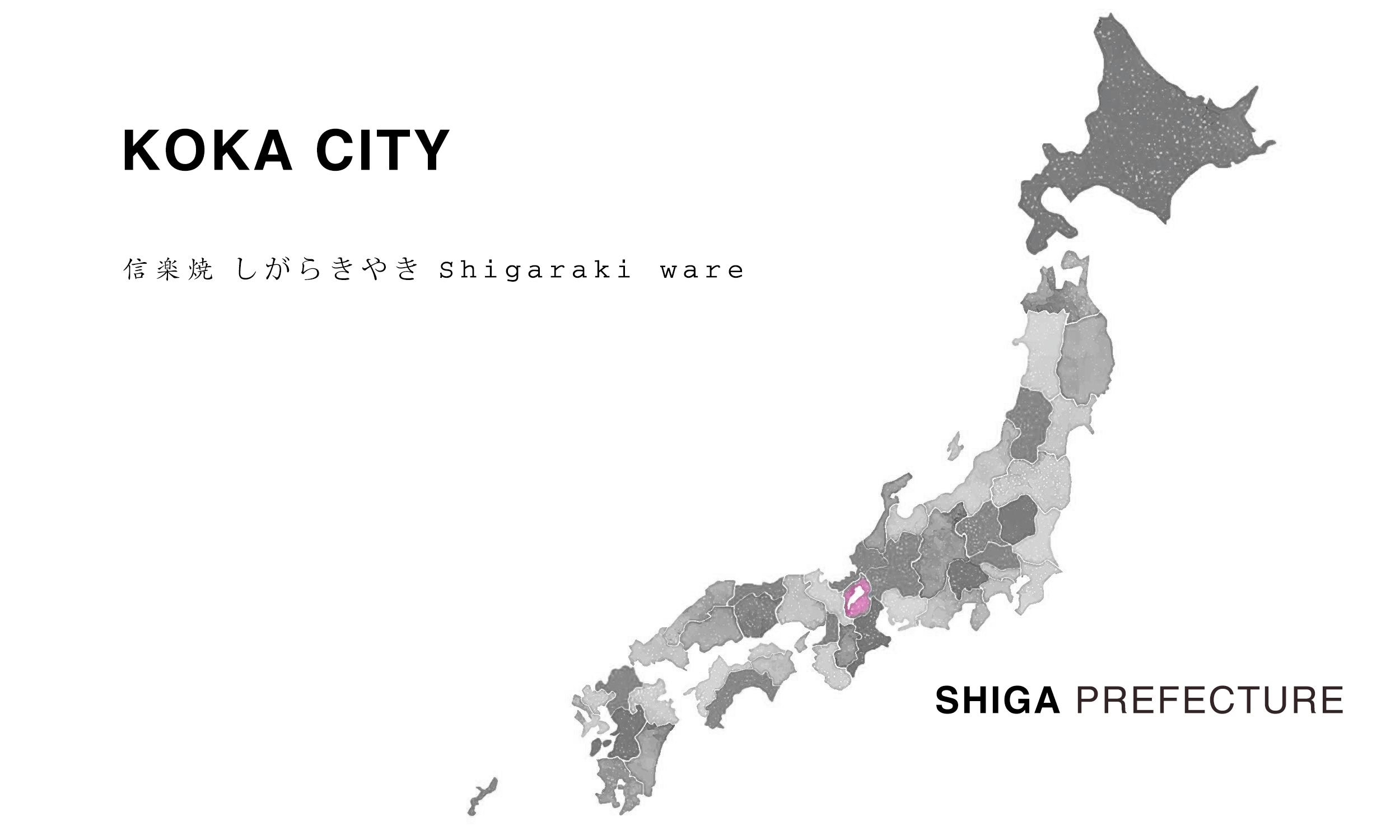
Often, a natural ash glaze forms during firing, adding to its idiosyncratic charm. The high-temperature firing not only ensures the sturdiness of these pieces but also guarantees safety by preventing any harmful substance leaching, making Shigaraki ware suitable for serving food.
Although not a type of pottery, Wakasa nuri deserves a mention for its unique contribution to Japanese tableware. This traditional lacquerware originates from Obama city in Fukui Prefecture. Made with layers of lacquer, the production process includes the use of eggshells, silver foil, and rice chaff to create an "ocean-like" or "lacquered pearl" effect. The lacquer used in Wakasa nuri is derived from the sap of the Urushi tree, which, when hardened, is both durable and non-toxic.
Other articles that may also be of interest to you:
Kai is the author of this article. Kai is our product specialist at My Cookware®.
COPYRIGHT WARNING: Content theft of any kind is immediately reported to Google, which results in ranking penalties. Original texts can be verified in Internet archives. My Cookware Australia® holds the copyrights for all content on this site, including articles, product descriptions, and user guides.

The ceramics produced in Seto City are known as Setomono (Seto ware), a term that has become a generic term for ceramics not only in Japan but also throughout the world.